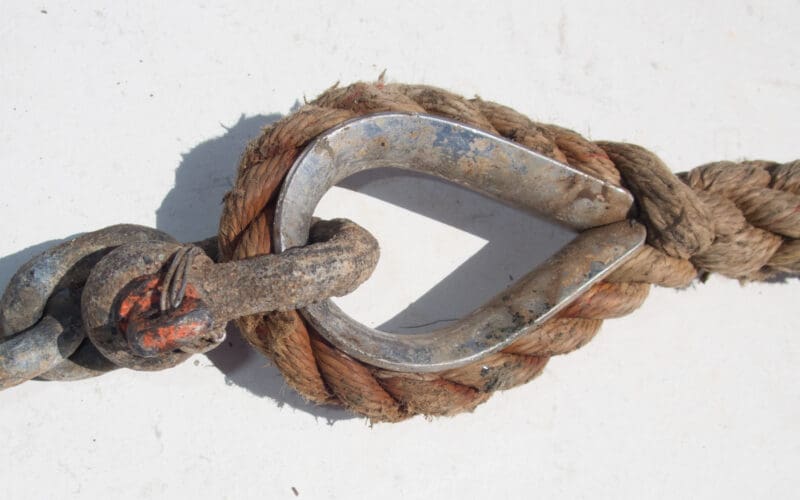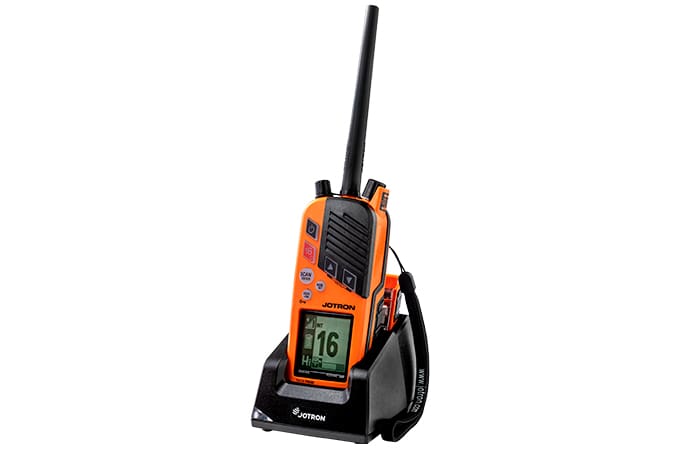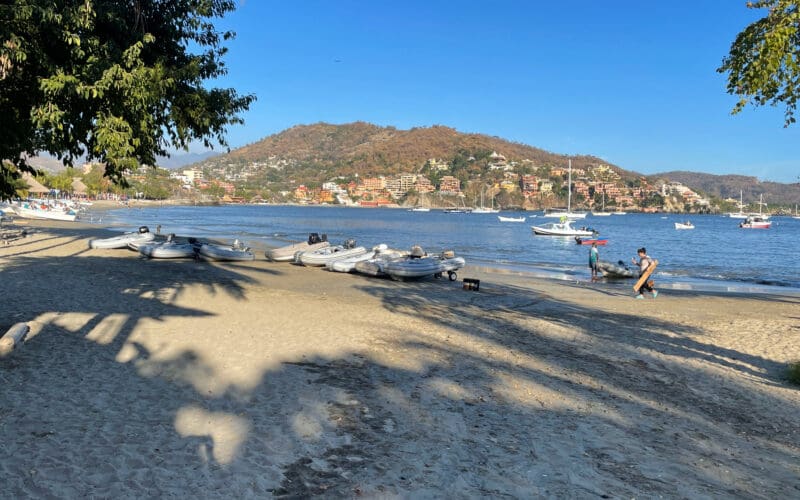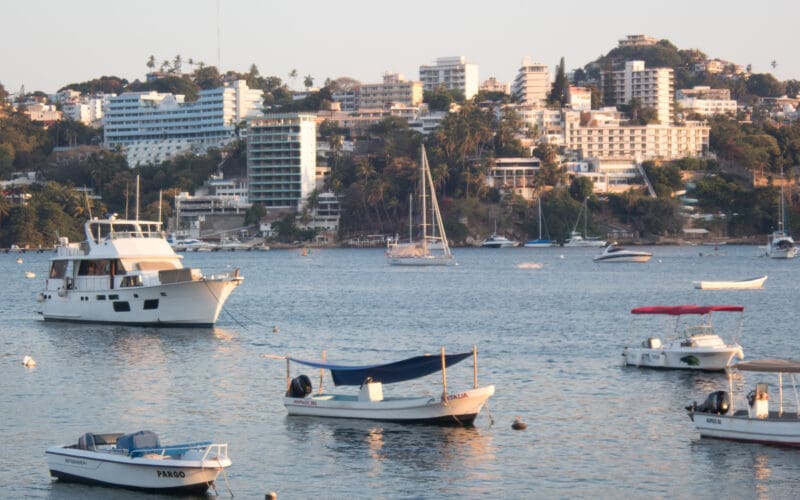03
Dec
Sitting in my home in Maine watching the snow fall in early December made it easy to understand why many sailors pack up and head south to the Caribbean during the winter. There’s an idyllic element to the notion of fleeing the cold on your own boat and lazily cruising in the crystal-clear waters as the mellow breezes guide you and your crew from island to island. “If you want to sail to the Caribbean, you’re going to need a year to prepare,” said David Lyman, a contributor to Ocean Navigator, has logged more than 60-000 deep-water miles at sea.…








